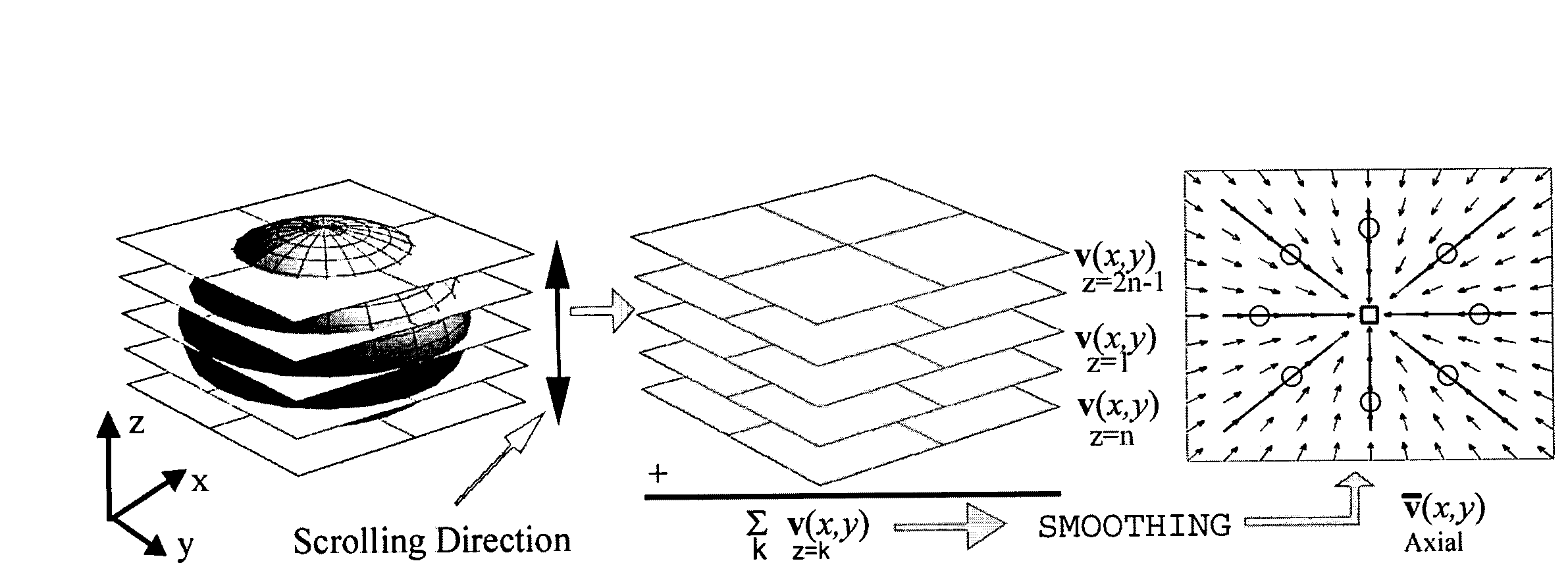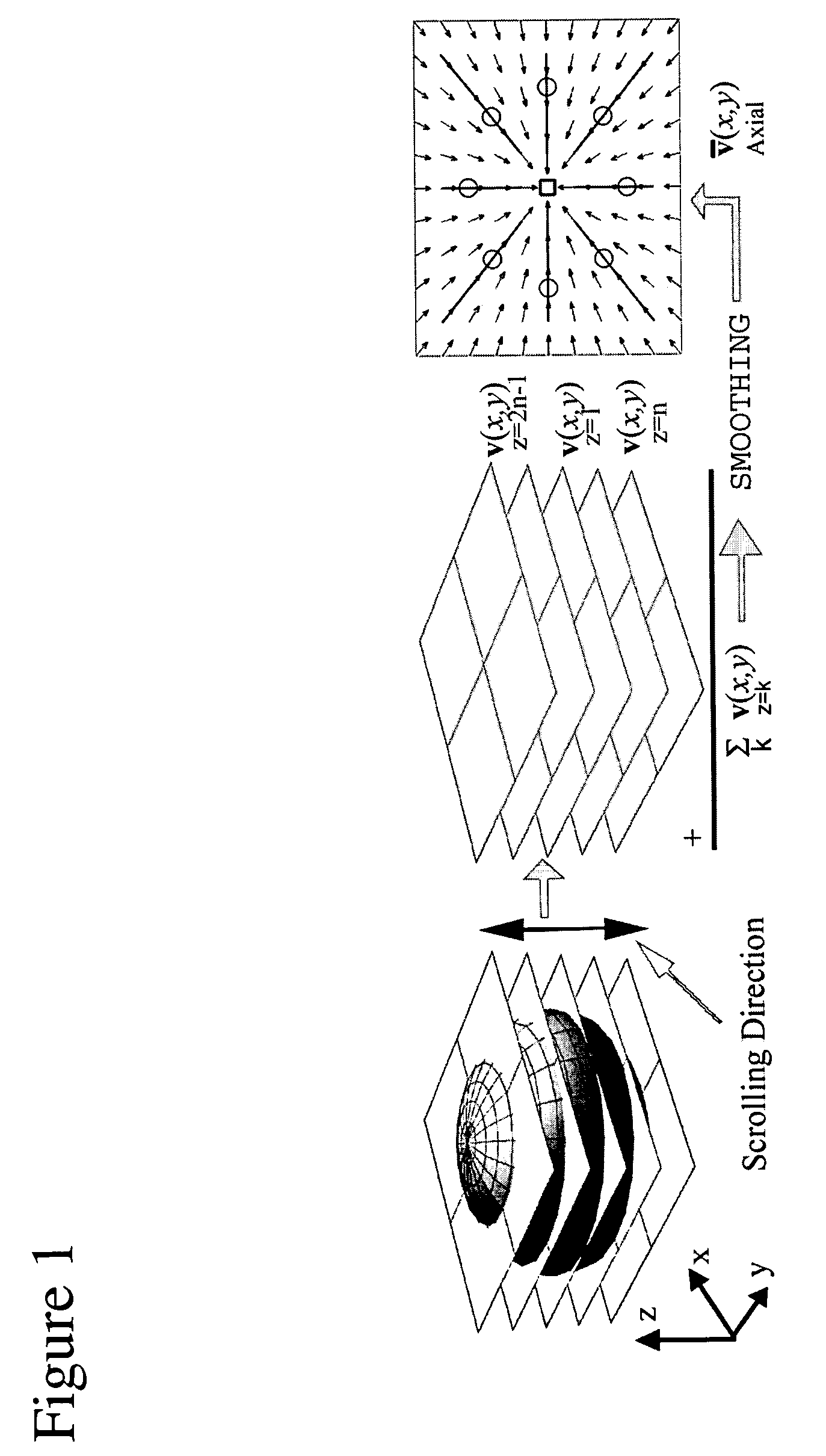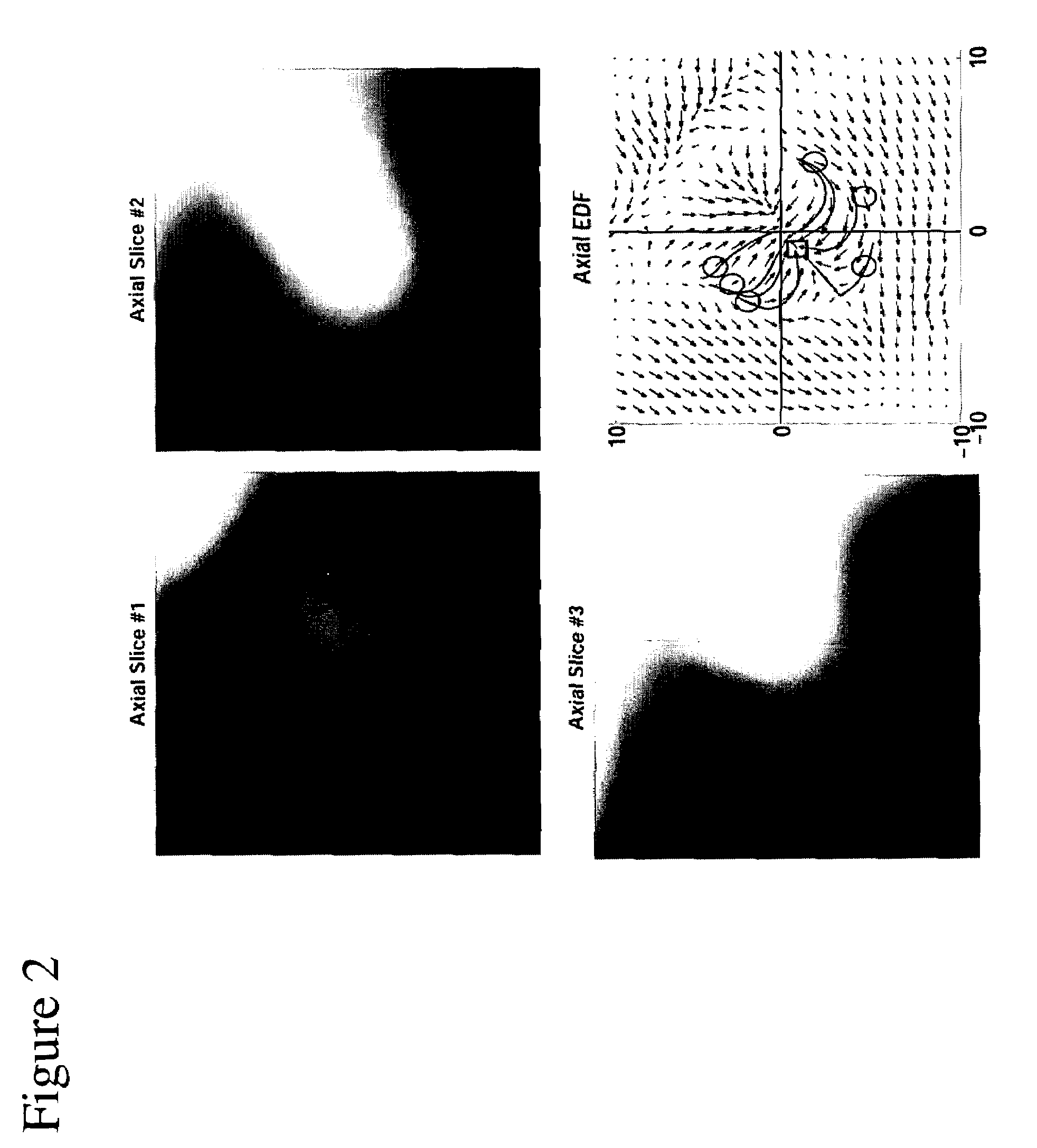Method for detecting and classifying a structure of interest in medical images
a technology of structure and image, applied in the field of medical imaging, can solve the problems of low specificity of some previously reported methods, low specificity, and high cost of examination, and achieve the effect of eliminating false positives, high specificity, and sacrificing the sensitivity of detection
- Summary
- Abstract
- Description
- Claims
- Application Information
AI Technical Summary
Benefits of technology
Problems solved by technology
Method used
Image
Examples
Embodiment Construction
[0012]Although the following detailed description contains many specifics for the purposes of illustration, anyone of ordinary skill in the art will readily appreciate that many variations and alterations to the following exemplary details are within the scope of the invention. Accordingly, the following preferred embodiment of the invention is set forth without any loss of generality to, and without imposing limitations upon, the claimed invention.
[0013]The method of the present invention could be referred to as an “Edge Displacement Field Method” (EDF), a “Gradient Field Method” (GF) or an “Optical Flow Field Method” (OFF) applied to detection and classification of structures of interests in medical images (See for an overview of optical flow computation S. S. Beauchemin et al., “The computation of optical flow,”Comput. Surv., vol. 27, no. 3, pp. 433-467, 1995). The present method is based on representing changes in 2-D cross-sections of three-dimensional (3-D) image data (e.g. ax...
PUM
 Login to View More
Login to View More Abstract
Description
Claims
Application Information
 Login to View More
Login to View More - R&D
- Intellectual Property
- Life Sciences
- Materials
- Tech Scout
- Unparalleled Data Quality
- Higher Quality Content
- 60% Fewer Hallucinations
Browse by: Latest US Patents, China's latest patents, Technical Efficacy Thesaurus, Application Domain, Technology Topic, Popular Technical Reports.
© 2025 PatSnap. All rights reserved.Legal|Privacy policy|Modern Slavery Act Transparency Statement|Sitemap|About US| Contact US: help@patsnap.com



